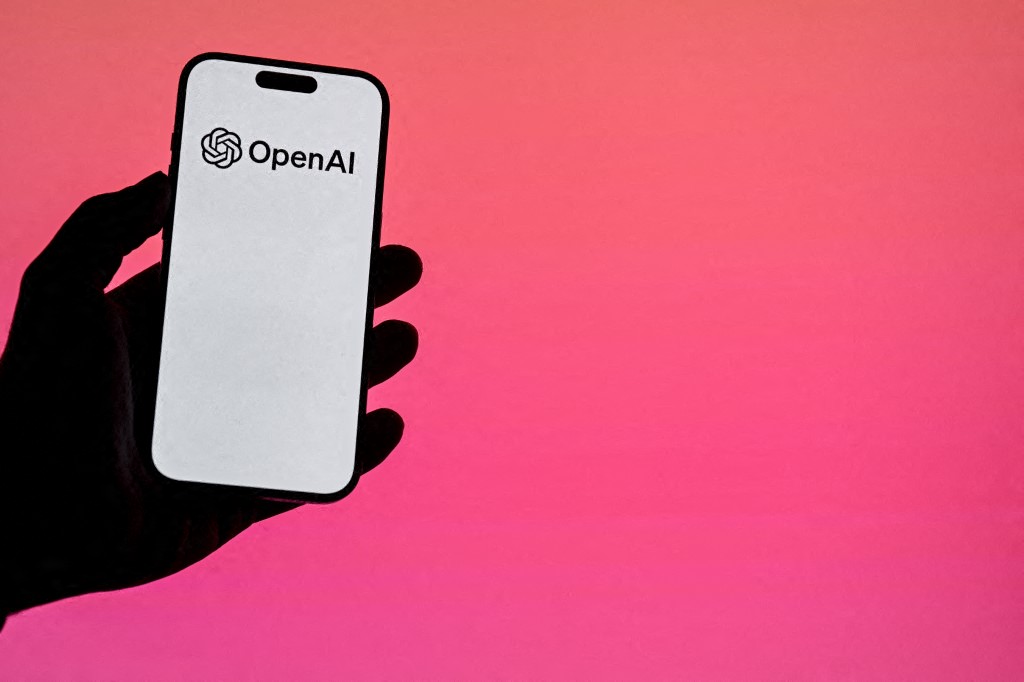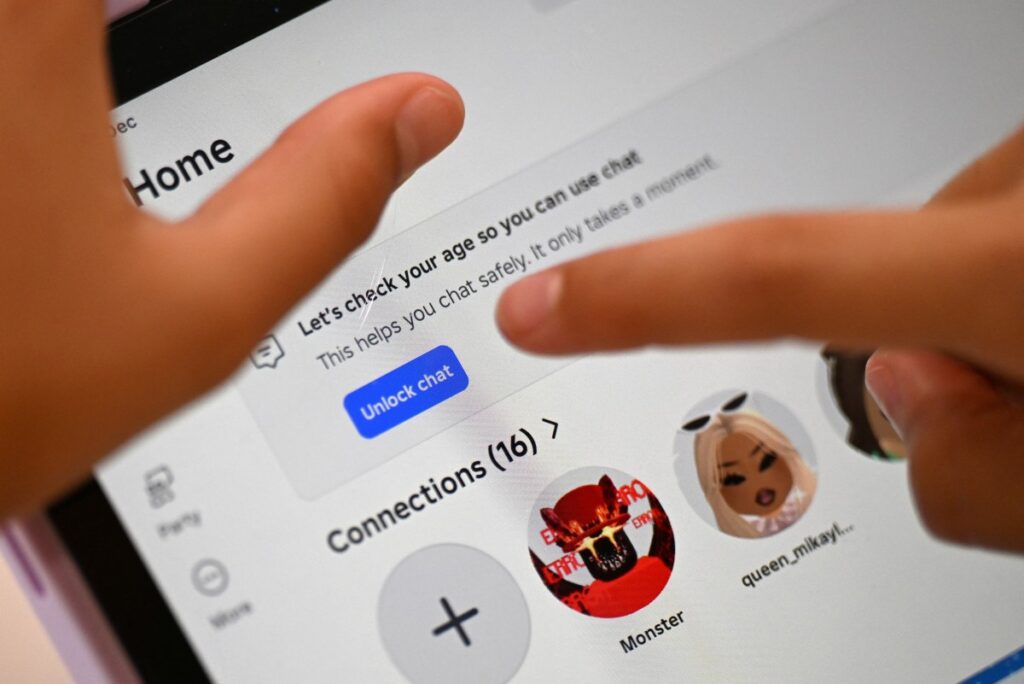This year, International Women’s Day (IWD2023) highlights the need for transformative and inclusive technology and digital education. Under the theme “DigitALL: Innovation and Technology for Gender Equality,” IWD2023 addresses the significance of protecting women’s and girls’ rights in the digital space and ensuring they have equal access to technology and are included in innovation.
Diversity is critical in tech; not only does it help create safer and better products that consider everyone, but also because diverse companies perform better and have more engaged employees. In fact, the UN Women’s Gender Snapshot 2022 report shows that the absence of women from the digital world has reduced the GDP of low- and middle-income countries by $1 trillion over the past ten years.
Women remain underrepresented in the tech industry. According to Statista, women currently hold 26.7% of tech-related jobs, a 2% drop from 2020, when the percentage was 29%. In addition to the underrepresentation of women in tech degrees such as computer sciences, several sources outline that the main issue is women’s retention in tech jobs after they have graduated due to gender-related discrimination in male-dominated workspaces. The lack of diversity in the digital education and work spaces is a real obstacle impeding women’s access to an innovative and transformative field. Not only can this lead to an important loss of women’s contributions, but overlooking women’s perspectives in tech design and operation can adversely impact their lives. So, where do we start?
Diversification of role models
Having diverse role models in education is the first step to advancing girls' and women’s access to tech fields. Research by UNESCO shows that offering mentoring to women and girls by other women helps them build the confidence to enter the world of technology and AI. Findings from this research also point to the fact that girls who only interact with male educators are likely to believe they do not belong in the field. However, the opposite is not true! Boys who interact with female educators do not feel any less respected or able to succeed in tech. As such, diverse role models have proved to be beneficial and the earlier this engagement happens, the better.
This also shows that bias and stigma surrounding women in STEM fields is the first impediment they face at a young age. As such, supporting girls to obtain STEM education is not enough. Providing mentoring and campaigning against gender bias is critical. For example, the Global Engineer Girls program, a recently launched global project, focuses on empowering girls and young women to undertake degrees in STEM through mentoring and tackling societal and institutional bias.
Diversification of leadership: AI as an example of tech in general AI/Tech/Stem
Under this year’s IWD theme of ensuring women’s access to tech and innovation, AI-driven discrimination and tackling algorithmic bias is outlined as a major priority. Not having female leaders in AI can have adverse effects on women’s daily lives and careers. This could happen by overlooking their perspective in product design and impeding their career progression. For example, Amazon recently shut down an AI system that underrated women’s applications. Similarly, LinkedIn’s artificial intelligence system was offering more senior jobs to men than women, even with the same qualifications, leading the platform to develop a new program to compensate for the mistakes being made by its first AI. Not to mention that facial recognition technologies have reportedly misidentified women, especially women of color.
Data by the World Economic Forum shows that only 22% of AI professionals globally are women. Companies hiring experts for AI and data science jobs estimate that fewer than 1% of the applications they receive come from women. Although organizations attribute the lack of women in leadership to the absence of women from the candidate pool, research by AWIS has shown that job unavailability and barriers to getting hired are major reasons why women’s retention in tech is difficult. The same study also shows that a diverse pool of women with tech talents exists. However, organizations are not sufficiently expanding their networks to include them.
Fortunately, there are ways to expand reach to include female STEM professionals and boost women’s access to leadership and career advancement. Women in AI, a non-profit organization based in Dubai, works to increase women’s representation and participation in AI by forming partnerships between educational institutes, governments, industry corporates, startups, vendors, and other institutions. The organization works across 140 countries with more than 8,000 members and 160 volunteers.
Women’s leadership in technology can mean working on futuristic, innovative projects that could help people globally. Most of all, it presents a real potential to reverse gender stereotypes in jobs of the future, enhance women’s representation in issues that impact them, and end the bias once and for all.





